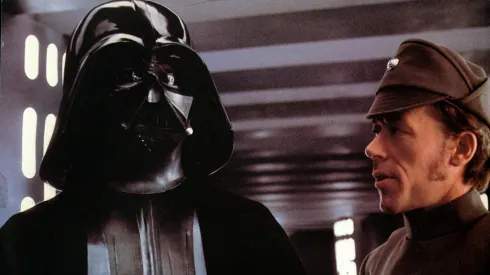From the haunting strings of Psycho to the soaring brass of Star Wars, film scores have done more than underscore a scene, they’ve etched themselves into the very fabric of Hollywood’s identity. Some compositions become invisible narrators, shaping emotions, building suspense and giving characters a voice beyond dialogue.
Across genres and generations, certain scores transcend their films, transforming moments into cultural touchstones. They echo in concert halls, inspire cover versions, and embed themselves in collective memory, proving that a soundtrack can carry the soul of a movie long past its release.
Star Wars: Episode IV – A New Hope (1977) — John Williams
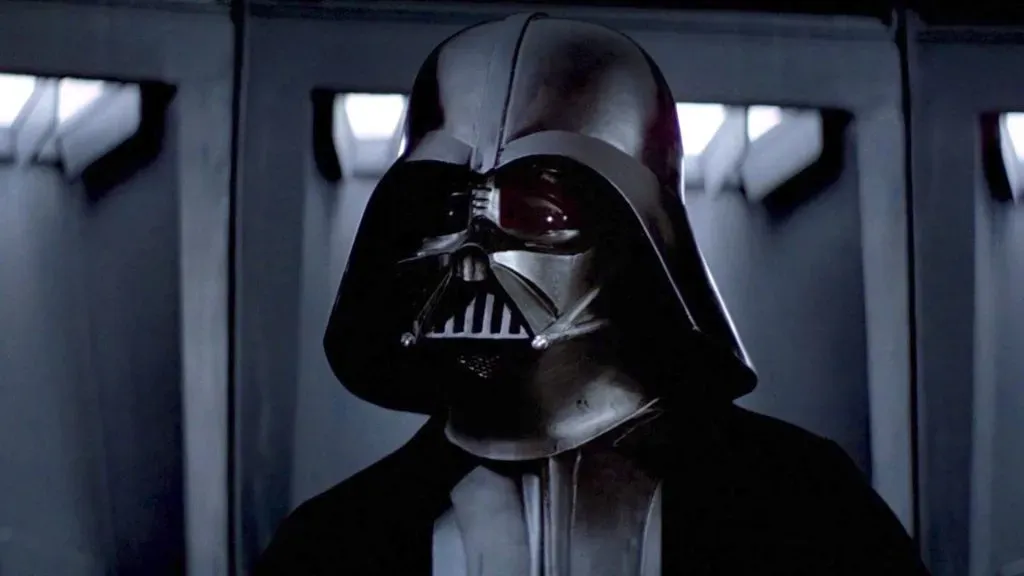
(Source: IMDb)
A deliberate and brilliant return to the grand, romantic, 19th-century Neo-Romantic orchestral tradition, complete with powerful brass fanfares, lush string melodies, and clearly defined leitmotifs. Williams’ score saved the classic Hollywood symphonic sound from the jazz, rock, and electronic trends of the 1960s and 70s. It defined the sound of the modern blockbuster, establishing the aesthetic expectation for epic heroism, space opera, and adventure that has dominated cinema ever since.
2001: A Space Odyssey (1968) — Various Artists

(Source: IMDb)
Uniquely, Stanley Kubrick elected to use existing classical music—most famously Richard Strauss’s Also Sprach Zarathustra and György Ligeti’s challenging avant-garde pieces—rather than commissioning an original score. By juxtaposing the sublime grandeur of Strauss with the unsettling dissonance of Ligeti, Kubrick demonstrated the power of music as commentary and intellectual juxtaposition. It shattered the classic Hollywood scoring model and influenced generations of filmmakers to use existing music to add thematic layers.
Interstellar (2014) — Hans Zimmer
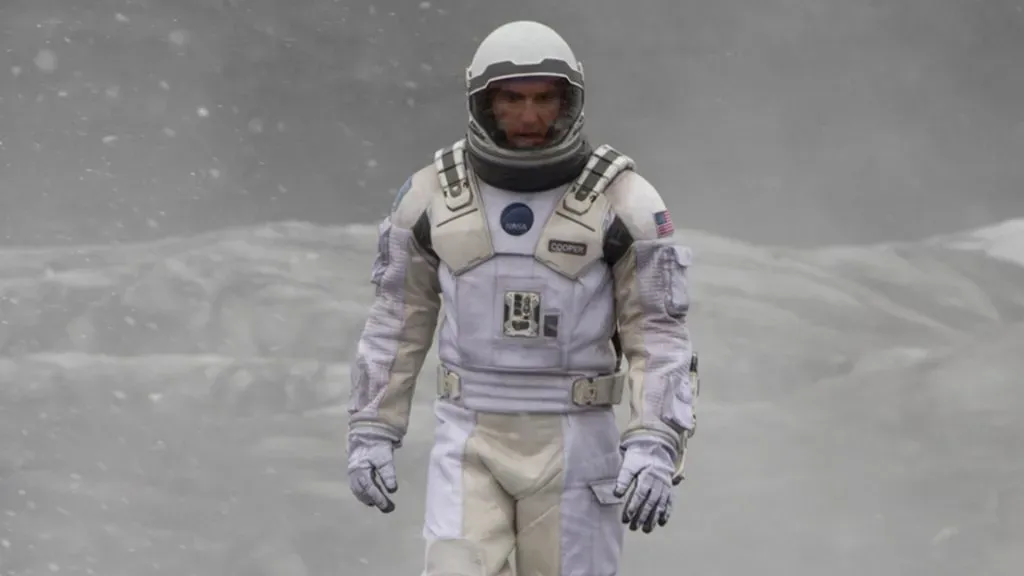
(Source: IMDb)
The score is built around the massive, layered sound of a pipe organ, contrasting the vast, cold emptiness of space with the warm, human element of familial love. Zimmer’s work defined the sound of cosmic wonder and emotional sacrifice in modern cinema, teaching composers how to use single instruments (like the organ) and distorted, sweeping sounds to convey philosophical scale and overwhelming emotion.
The Godfather (1972) — Nino Rota
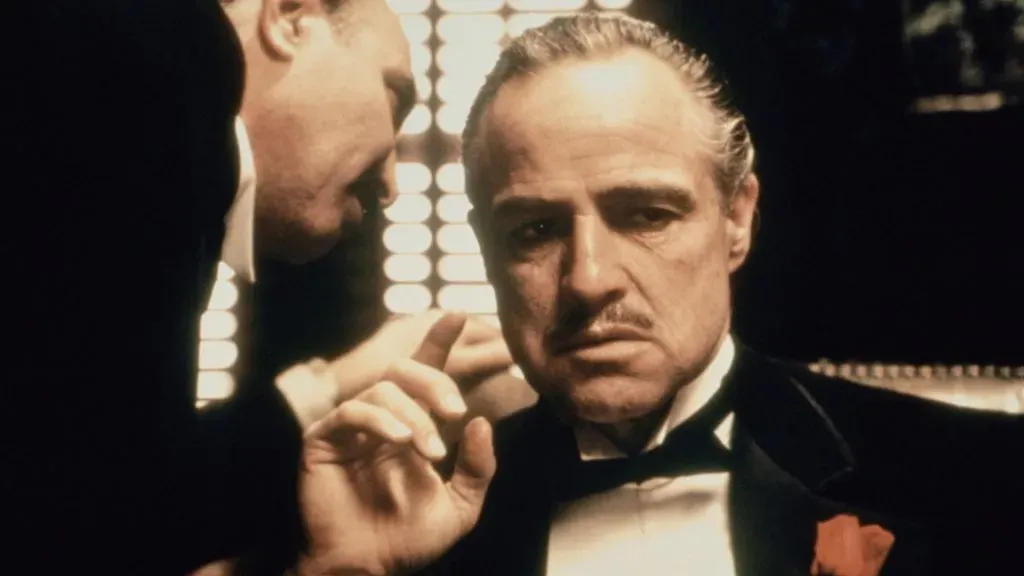
(Source: IMDb)
Rota wove together melancholy, Old World folk music, particularly the iconic main theme played on the trumpet and accordion, with traditional Italian waltz rhythms. The music is less a depiction of the mob’s brutality and more a portrayal of the Corleone family’s dark, lost heritage and emotional decay. It imbued the organized crime genre with a crucial, contrasting sense of operatic sadness and cultural tradition.
Psycho (1960) — Bernard Herrmann

(Source: IMDb)
A stark, chilling, and revolutionary score that used only string instruments, rejecting a full orchestra to create a menacing, “black and white” soundscape, culminating in the iconic, screeching slash of violins during the shower scene. Herrmann’s score redefined the sound of terror and psychological suspense. By replacing melody with texture and percussive shrieks, he taught future composers how to use dissonance and sonic violence to directly manipulate the audience’s nervous system.
Inception (2010) — Hans Zimmer
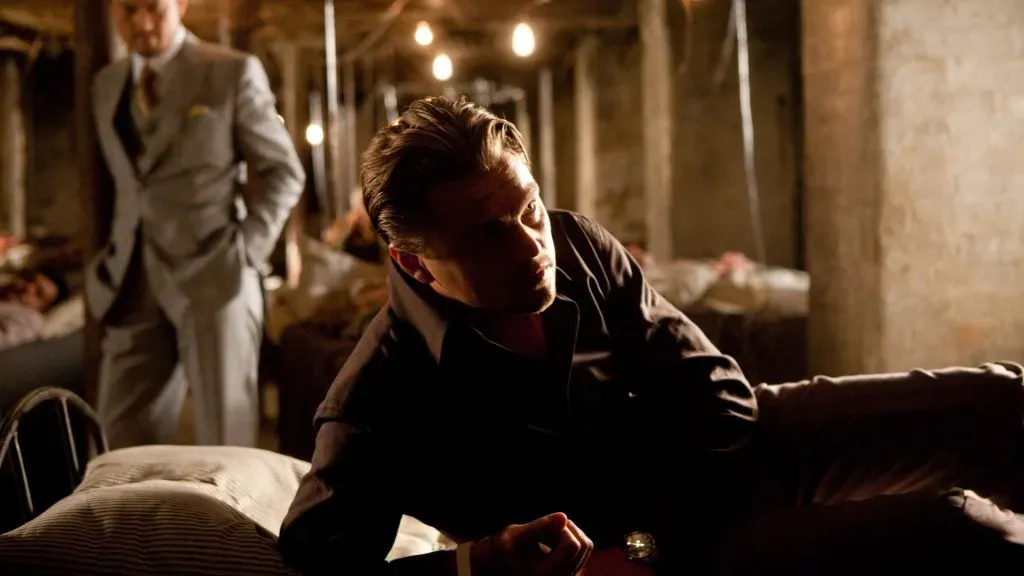
(Source: IMDb)
A powerful, layered score built around massive, distorted brass tones and a sense of colossal, slow-motion movement. Its most famous track, “Time,” is built on a simple, hypnotic piano progression that gradually builds to overwhelming intensity. Zimmer popularized the “epic brass” sound characterized by deep, massive horns and electronic manipulation, which has become the dominant sound of modern blockbuster and trailer music.
The Lord of the Rings: The Fellowship of the Ring (2001) — Howard Shore
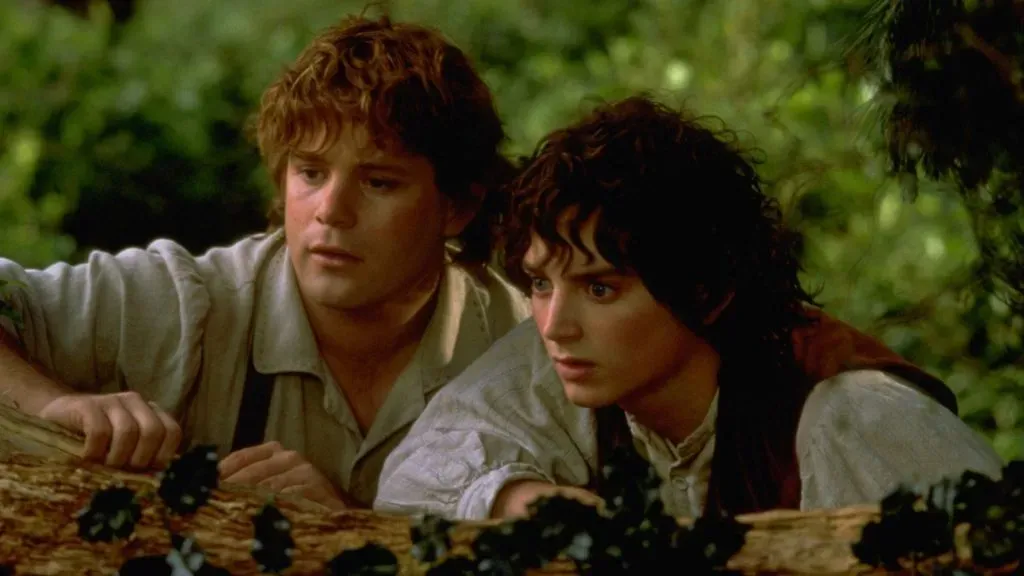
(Source: IMDb)
An immense, operatic score that employed dozens of intricate leitmotifs (recurring themes for characters, places, and cultures) performed by a full orchestra, choirs, and unique folk instruments. Shore’s work is considered the modern gold standard for fantasy world-building through music. It proved that traditional, sweeping symphonic scoring could still be creatively dominant in the new millennium, establishing a comprehensive musical language for a complex, multi-layered epic saga.
Oppenheimer (2023) — Ludwig Göransson
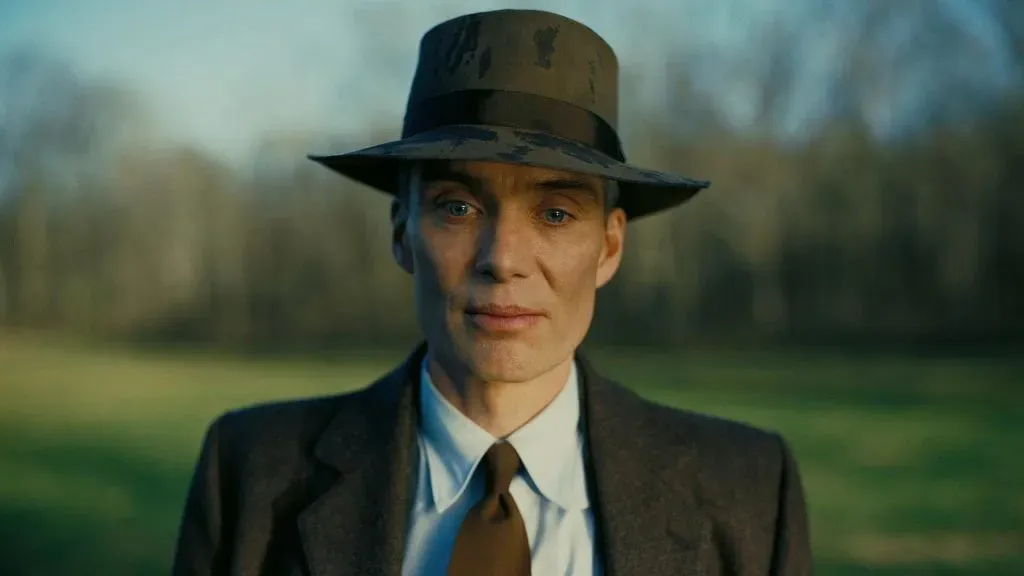
(Source: IMDb)
The score masterfully combined urgent, relentless rhythms, hyper-intense, heavily processed string lines, and an orchestral density that mirrors the complex interior life of its main character. Göransson’s work defined the sound of intellectual dread and scientific creation, proving that modern scoring could use a classical orchestra to achieve the unsettling, relentless tension previously reserved for electronic sound design.
Jaws (1975) — John Williams

(Source: IMDb)
The score is defined by its minimalist, two-note ostinato—a relentless, low-register pulse of tuba and cellos that gradually increases in tempo. This simple “shark theme” became the most effective sonic signifier of impending danger in film history. It taught filmmakers the terrifying power of using music to announce the presence of an unseen threat, ensuring that the two-note motif will forever be synonymous with primal, lurking dread.
Harry Potter and the Sorcerer’s Stone (2001) — John Williams
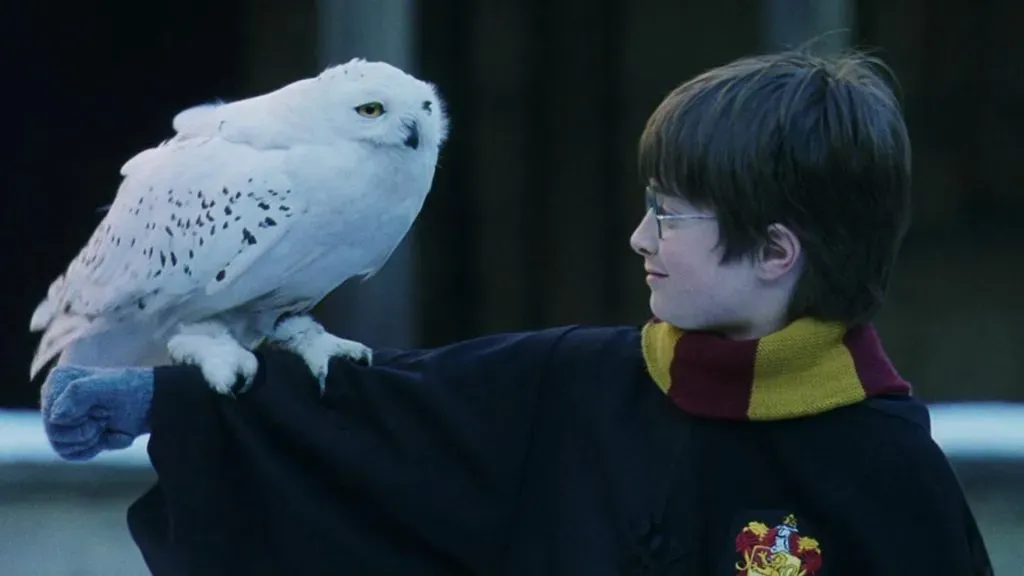
(Source: IMDb)
The score is built around the twinkling, magical melody of “Hedwig’s Theme,” which utilizes a celesta and French horn to create a sense of wonder and enchantment. This theme instantly became the sonic signature for the entire wizarding world franchise, defining the sound of modern cinematic fantasy and nostalgia for a generation and proving that a single, whimsical motif can carry the emotional weight of an eight-film saga.
